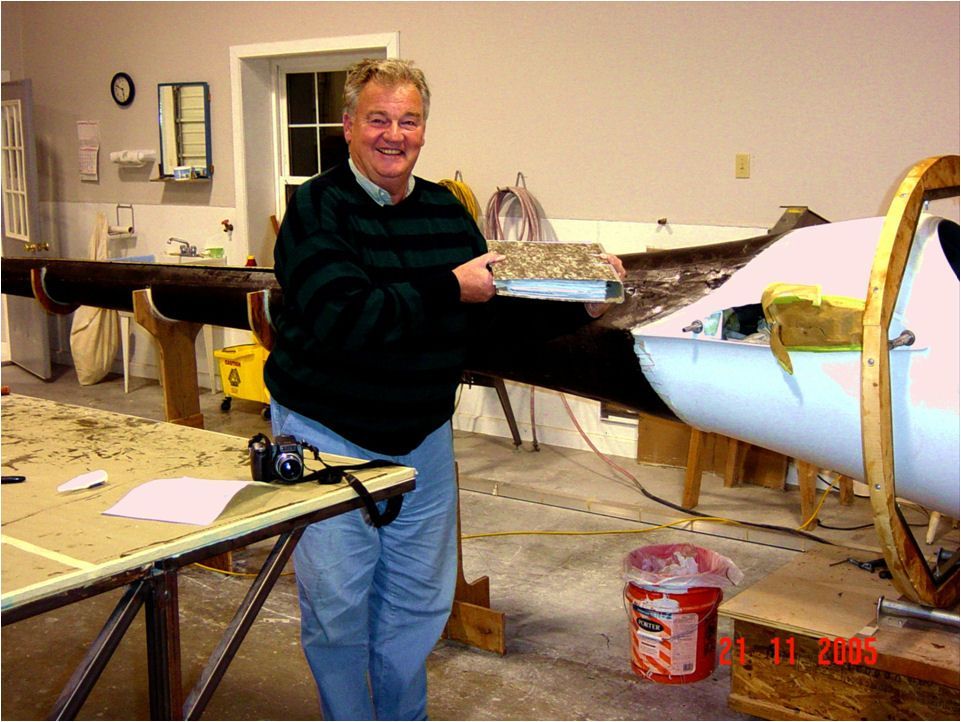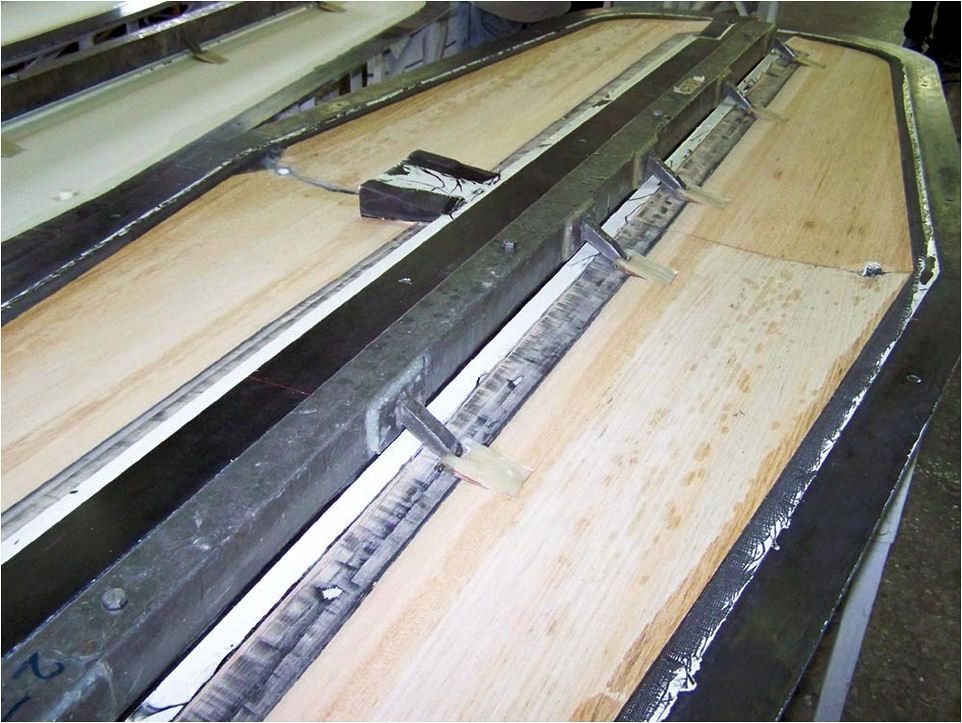Building The Wing Spar Flanges
In any sailplane, spar construction is critical for ensuring the structural integrity of the wing and overall safety of the sailplane. The spar design for Concordia is pushing the limits of what is possible while adhering to the CS22 design criteria. The design of a 28 meter span sailplane with a very thin airfoil and … Read more


